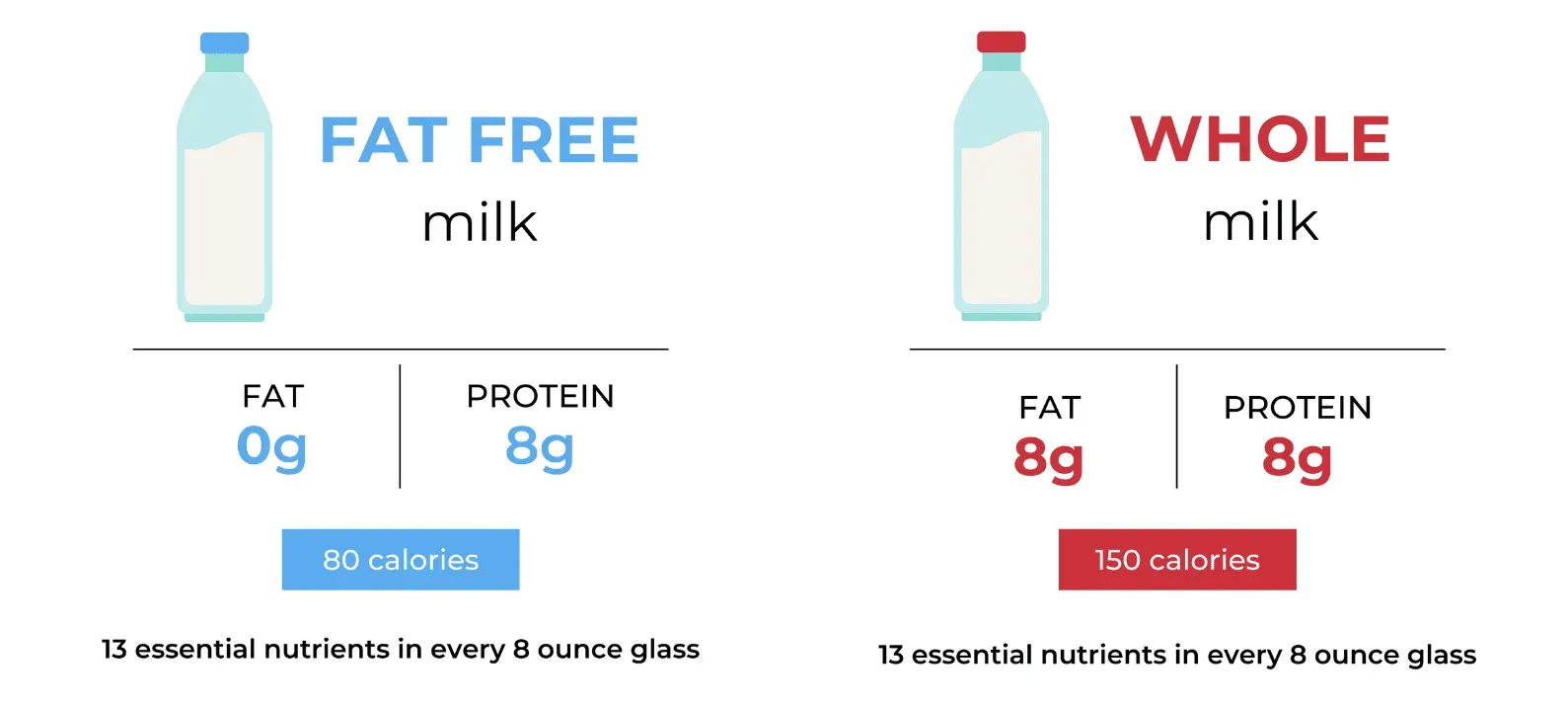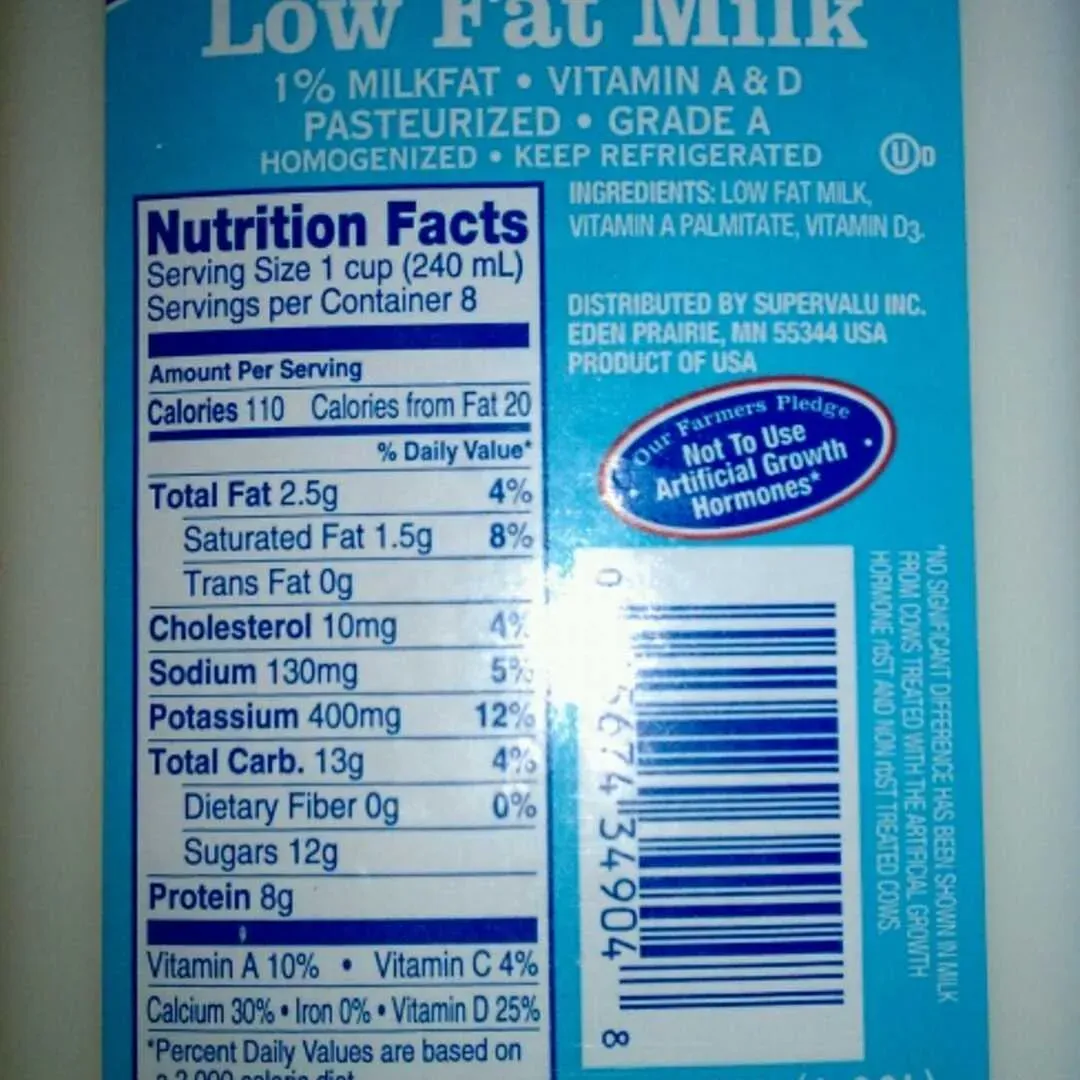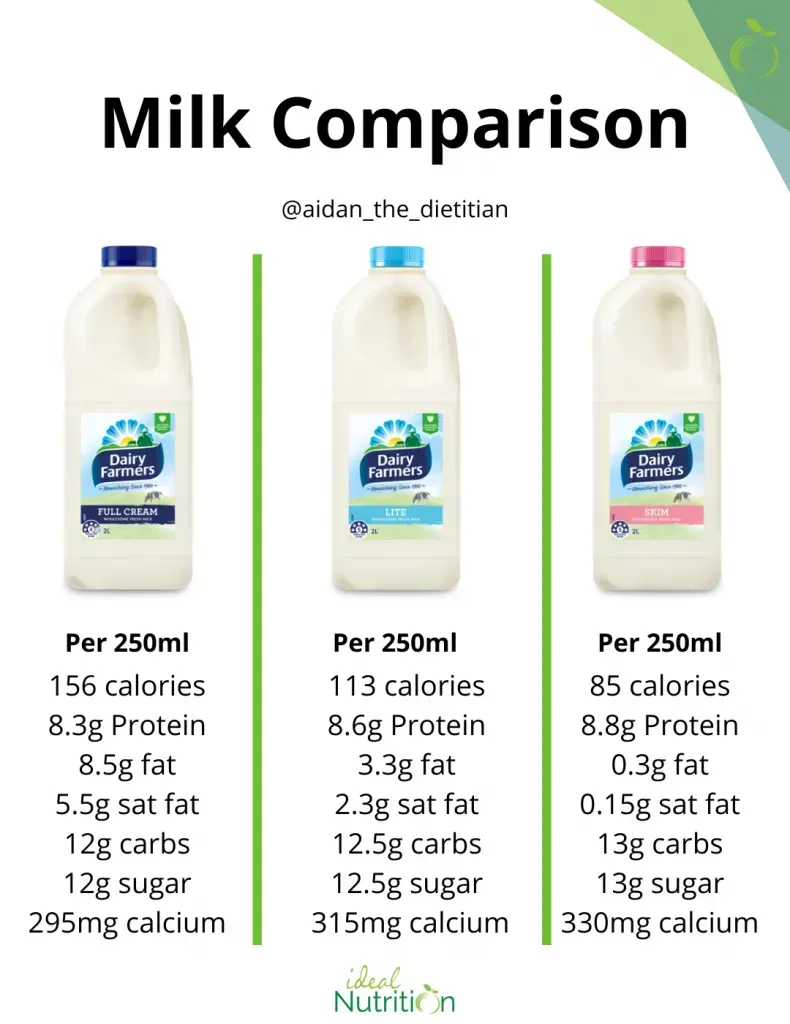Table of Contents
Walk down the dairy aisle and you see rows of milk cartons. Whole, 2%, 1%, skim, even flavored versions. Many people reach for low fat milk, thinking it's a healthier choice. But then the question pops up: just how much sugar in low fat milk are you actually getting? Is it loaded with the sweet stuff? Is that sugar the same as the kind in soda or cookies? It’s easy to get confused by conflicting information and nutrition labels. This article cuts through the noise to give you the facts. We'll break down the sugar content you'll find in that carton, explain the difference between natural and added sugars, see how low fat stacks up against other milk types, and look at the bigger picture of milk's nutritional value beyond just the sugar count.
How Much Sugar is in Low Fat Milk? The Basic Facts

How Much Sugar is in Low Fat Milk? The Basic Facts
so you're digging into this milk thing, right? The big question, how much sugar in low fat milk? Let's cut straight to it. An 8-ounce glass of regular low fat milk typically contains around 12 grams of sugar. That number might look high at first glance, especially if you're used to checking labels for added sugar. But here's the key point, and it's a crucial one: almost all of that sugar is lactose, a natural sugar found in milk. It's not the same stuff manufacturers dump into sodas or candy bars to make them sweet.
Natural vs. Added Sugar: Understanding the Sugar in Low Fat Milk

Natural vs. Added Sugar: Understanding the Sugar in Low Fat Milk
The Natural Sweetness of Lactose
so we established that low fat milk has about 12 grams of sugar per serving. Where does it come from? It's almost entirely lactose. Think of lactose as milk's built-in sweetener. It's a disaccharide, meaning it's made of two simpler sugars, glucose and galactose, linked together. Your body breaks down lactose into these simpler forms for energy. This isn't sugar that was scooped from a bag and mixed in during processing. It's just naturally present in the milk from the cow. It's been there since milk was, well, milk.
The Other Kind: Added Sugar
Now, let's talk about the sugar that gets a bad rap, and often rightly so: added sugar. This is the sugar manufacturers put into foods and drinks to make them sweeter or improve texture. You find it in sodas, cakes, cookies, and yes, sometimes in dairy products. Chocolate milk or strawberry milk? That's where you'll find significant amounts of added sugar on top of the natural lactose. Low fat plain milk, however, typically contains zero grams of added sugar. The label will tell you this clearly.
Feature | Natural Sugar (Lactose in Milk) | Added Sugar |
|---|---|---|
Source | Naturally present in milk | Added during processing |
Nutrient Context | Comes with protein, calcium, vitamins, etc. | Often found in nutrient-poor foods/drinks |
Impact on Blood Sugar | Slower, more stable rise due to nutrient package | Can cause rapid spikes and crashes |
Why the Distinction Matters for Low Fat Milk
Understanding the difference between natural lactose and added sugar is crucial when you look at how much sugar in low fat milk. The 12 grams in your plain low fat milk aren't empty calories. They're part of a package deal that includes 8 grams of high-quality protein, calcium, vitamin D, and other essential nutrients. Your body processes lactose differently when it's consumed alongside protein and fat (even low amounts of fat in low fat milk) compared to slamming pure added sugar from a soda. The protein and fat help slow down digestion, leading to a more gradual rise in blood sugar instead of a sudden spike.
Comparing Low Fat Milk Sugar to Whole, Skim, and Flavored Options

Comparing Low Fat Milk Sugar to Whole, Skim, and Flavored Options
Sugar Levels Across the Fat Spectrum (Low Fat, Whole, Skim)
Alright, so you know about the 12 grams of natural sugar in low fat milk. Now, how does that stack up against its cousins, whole milk and skim milk? Here's the punchline: it's remarkably similar. Whole milk, 2% reduced-fat, 1% low-fat, and skim milk all contain roughly the same amount of lactose per serving – that natural 12 grams per 8 ounces. Surprising, right? People often think removing fat means adding sugar, but that's not the case with plain milk. The process of making lower-fat milk involves removing the fat, not the lactose. So, whether you're drinking the creamy stuff or the watery version, the natural sugar hit is pretty consistent.
The Sweet, Sweet Problem: Flavored Milks
Now, let's talk about the outlier in the milk family: flavored milk. This is where the sugar story changes dramatically. Chocolate, strawberry, vanilla – these versions take that base 12 grams of natural lactose and pile on the added sugar. We're not talking a little sprinkle. An 8-ounce serving of chocolate milk can easily contain upwards of 20-25 grams of total sugar, sometimes even more. That's the natural lactose *plus* a significant dose of sugar syrup or other sweeteners. If you're watching your sugar intake, especially added sugar, flavored milk needs a much closer look than plain low fat milk.
Think of it this way:
- Plain Milk (Whole, Low Fat, Skim): ~12g natural sugar
- Flavored Milk (Chocolate, Strawberry, etc.): ~12g natural sugar + 8-15+g added sugar = ~20-27+g total sugar
Why Fat Content Doesn't Equal Sugar Content in Plain Milk
The reason the sugar content stays relatively stable across different fat levels in plain milk comes down to what's being removed. When milk is processed to be low-fat or skim, the cream (which is mostly fat) is separated. The watery part of the milk, which contains the lactose, protein, vitamins, and minerals, remains largely intact. No sugar is added during this process for plain varieties. So, while the calorie count drops significantly as you move from whole to skim (because fat has more calories per gram than sugar or protein), the amount of natural sugar stays put. It's a key point to remember when considering how much sugar in low fat milk compared to its fattier or flavored counterparts.
Low Fat Milk: More Than Just Sugar (Nutrient Package)
Looking Beyond the Sugar Count
When you're considering how much sugar in low fat milk, it's easy to fixate on that 12-gram number. But focusing only on sugar misses the larger picture. Milk isn't just sugar water; it's a complex food matrix. That 8-ounce glass packs a serious punch when it comes to essential nutrients. Think of it as a bundle deal. You get the lactose, yes, but it comes packaged with things your body actually needs to function well. Evaluating any food means looking at its whole nutrient profile, not just one isolated component like sugar.
Essential Nutrients Packed Inside
Beyond the lactose, low fat milk delivers a roster of important vitamins and minerals. You're getting 8 grams of high-quality protein, the kind that helps build and repair tissues. It's a significant source of calcium, crucial for bone health, and Vitamin D, which helps your body absorb that calcium. Milk also provides potassium, phosphorus, riboflavin, niacin, and Vitamin B12. These aren't minor players; they contribute to everything from energy metabolism to nerve function. So, while you're tallying the sugar, remember the lineup of nutritional heavy hitters coming along for the ride.
Key Nutrient in 8oz Low Fat Milk | Why It Matters |
|---|---|
Protein (8g) | Muscle repair, satiety, overall growth |
Calcium | Bone strength, nerve function |
Vitamin D | Calcium absorption, immune support |
Potassium | Blood pressure regulation, muscle function |
Vitamin B12 | Nerve function, DNA synthesis |
The Advantage of a Nutrient-Dense Source
This nutrient density is why the sugar in low fat milk is viewed differently than sugar in a sugary drink. When you consume lactose within the context of milk's protein, fat (even the low amount), vitamins, and minerals, your body processes it more slowly. This leads to a steadier release of energy and helps avoid the sharp blood sugar spikes and crashes often associated with foods high in added sugar and low in other nutrients. It's the difference between fueling your body with essential building blocks versus just providing quick, empty calories.
Wrapping Up: Understanding Sugar in Your Low Fat Milk
So, the big reveal about how much sugar in low fat milk isn't some shocking secret. It contains lactose, a natural sugar, typically around 12 grams per 8-ounce serving. This isn't the same animal as the added sugar dumped into many processed foods. The amount is pretty similar whether you pick 1%, 2%, or even whole milk. The real sugar bomb usually shows up in flavored versions. Focusing solely on the sugar gram count on the label misses the point; milk delivers protein, calcium, vitamin D, and a bunch of other useful stuff. It’s not a candy bar disguised as a beverage. Knowing the difference between natural and added sugar helps you make a more informed choice, so you can decide if that carton fits into your overall eating habits without getting fixated on a single number.
